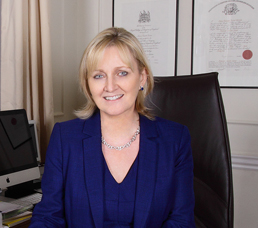Rheumatoid arthritis (RA) is a chronic autoimmune disorder that affects the joints, causing pain, swelling and stiffness. It occurs when the body’s immune system mistakenly attacks healthy tissues, causing damage to the joints and other organs. While there is no cure for RA, there are several non-invasive treatment options available that can help manage the symptoms of the condition and improve the quality of life for someone suffering from this condition.
What is rheumatoid arthritis?
RA is a systemic disease that can affect other organs in the body, such as the lungs and heart. The symptoms of RA can vary in severity and can interfere with daily activities, leading to reduced mobility.
What are the non-invasive treatment options for RA?
- Exercise: Regular exercise can help improve mobility, reduce pain, and prevent further joint damage in people with RA. Low-impact exercises such as swimming, walking, and yoga can be beneficial for people with RA.
- Physical therapy: Physical therapy can help improve joint function, reduce pain, and increase range of motion. A physical therapist can provide exercises and techniques tailored to the individual’s needs and help improve overall physical health.
- Medications: There are several medications available for RA., including nonsteroidal anti-inflammatory drugs (NSAIDs), disease-modifying antirheumatic drugs (DMARDs), and biologic drugs. These medications can help reduce inflammation and pain, slow the progression of the disease, and improve overall quality of life.
- Occupational therapy: Occupational therapy can help individuals with RA learn new ways to perform daily activities, such as dressing, cooking, and cleaning, to minimise stress on the joints. An occupational therapist can provide training on the use of assistive devices and adaptive techniques to help manage the symptoms of RA.
- Dietary changes: Certain dietary changes, such as increasing omega-3 fatty acids, reducing saturated and trans fats, and eating a diet rich in fruits, vegetables, and whole grains, may help reduce inflammation and pain associated with RA.
- Massage therapy: Massage therapy can help reduce muscle tension and stiffness, increase circulation, and improve joint mobility. It can be especially helpful for those with RA who have muscle pain and tension as well as joint stiffness.
If you or someone you know is struggling with RA, consider exploring non-invasive treatment options. To find out more, make an appointment with Dr Stephanie Barrett today and discuss your treatment options.


